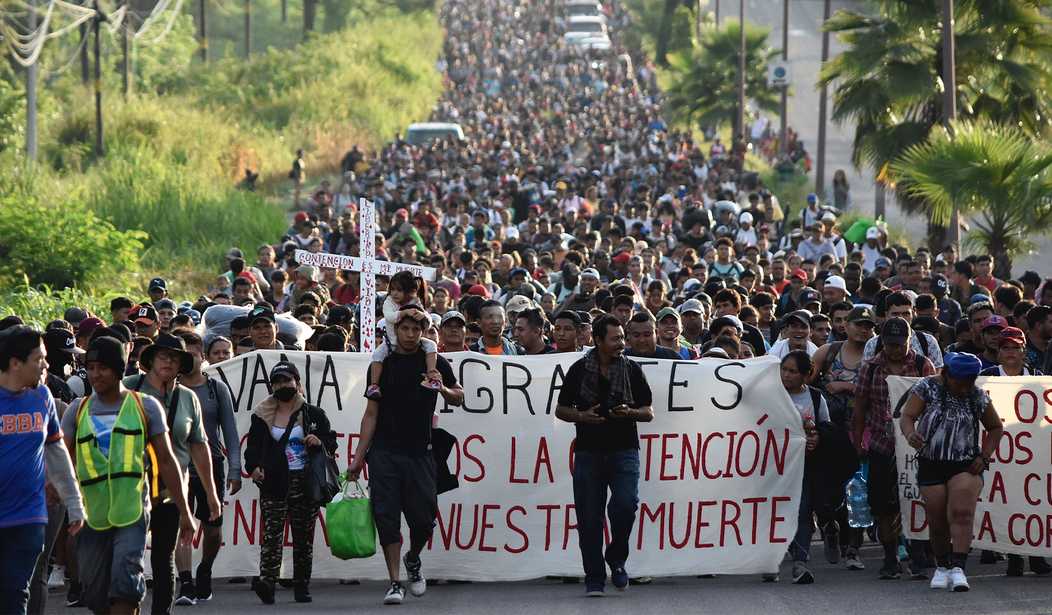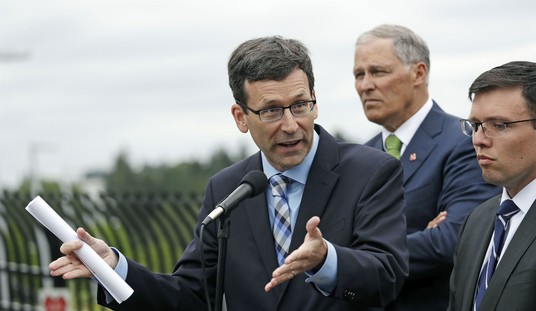This is one of things Trump campaigned on and now the numbers show he's keeping those promises. The number of deportations lagged a bit earlier this year but now that number is up sharply.
Until June, deportations had lagged behind immigration arrests and detentions. By the first week of August, deportations reached nearly 1,500 people per day, according to the latest data, a pace not seen since the Obama administration.
With an infusion of cash from Mr. Trump’s domestic policy bill signed in July — an extra $76 billion that Immigration and Customs Enforcement can spend over a little more than four years — the agency appears poised to scale its operations even further.
At least 180,000 people have been deported by ICE under Mr. Trump so far. At the current higher pace, the agency is on track to deport more than 400,000 people in his first year in office, well more than the 271,000 people ICE removed in the year ending last September but still short of the administration’s stated goal of one million deportations a year...
ICE now uses about a dozen charter planes every day to conduct deportations and move detainees around the country, almost twice as many as in January, according to data collected by Tom Cartwright, an immigration advocate who tracks ICE flights. In May, ICE modified its contract with CSI Aviation, its primary air charter company, to increase the number of flights per week. It has also resumed using a limited number of military planes.
All of the arrests have created a shortage of spaces to detain people which is why you have sites like "Alligator Alcatraz" popping up. Some of that surge in arrests has also declined in places like Los Angeles because of a court ruling which the Trump administration is currently appealing to the Supreme Court. If that ruling gets overturned, the pace of ICE arrests will likely go back up.
Meanwhile, the collective impact of increased deportations and a push for self-deportation is that the immigrant population in the US has dropped. In fact, net migration is now negative. President Trump had already celebrated the net negative migration milestone earlier this month.
Politifact was quick lo label that "Mostly False" saying the claim was premature:
Negative net migration is possible in 2025, but Trump "has no basis to make that claim until the US Census Bureau analyzes the 2025 data next year," Michael Clemens, George Mason University economics professor, said.
There may have been some premature celebration here but it now appears Trump was right. More people are leaving than arriving according to an analysis of census data by Pew Research.
For the first time in decades, more immigrants are leaving the United States than arriving, a new study finds, an early indication that President Trump’s hard-line immigration agenda is leading people to depart — whether through deportation or by choice.
An analysis of new census data released on Thursday by the nonpartisan Pew Research Center found that between January and June, the foreign-born population in the United States — both lawful and unlawful residents — declined by nearly 1.5 million. In June, the country was home to 51.9 million immigrants, down from 53.3 million six months earlier...
After campaigning on a promise of mass deportations, Mr. Trump has introduced sweeping measures to reduce immigration. His administration has restricted access to asylum at the southern border, tightened visa requirements for students and tech workers and deployed thousands of federal agents to detain and deport undocumented immigrants. The crackdown has led immigrants to leave the country voluntarily and has discouraged others from coming...
Net migration — the difference between the number of immigrants arriving and departing — has turned negative, a shift that the chief Pew demographer, Jeffrey Passel, called a “demographic certainty” so far in 2025. His team’s analysis did not calculate a separate number for undocumented immigrants, who seem likely to represent the largest number of departures, because heightened enforcement probably diminished immigrants’ participation in the census survey that was used to make estimates, he said.
The NY Times story on this includes some voices who say it's a positive thing.
Jeremy Beck, co-president of NumbersUSA, a group that favors curbs on immigration, described a decline in the number of immigrants as “a good thing for workers who will benefit from a tighter labor market, and for communities whose infrastructure was overwhelmed during the border crisis.”
The counter-argument is that eventually the labor supply will become too tight and some businesses won't be able to keep up with demand.
In July, the conservative-leaning American Enterprise Institute projected net migration in 2025 would be flat or would even drop and predicted that the Trump administration’s policies would continue to squeeze out low- and high-skilled foreign workers at least through 2026.
“A rapid decline in immigration is going to cause economic harm,” said Tara Watson, an economist at the Brookings Institution and one of the authors of the report.
Most likely this is going to be a mixed bag. Fewer low-skill workers could tighten the labor market and improve wages and decrease unemployment for American workers. If the number of people leaving gets large enough it might also improve the housing situation marginally. On the other hand, a tighter job market means less profit for companies and could eventually create a labor shortage that will push inflation a bit higher.
The goal here should be to find the sweet spot without grinding the economy to a halt. And of course you also have to factor in whatever is happening with tariffs which can lead to more job creation here at home but can also lead to higher prices for goods made abroad in the short term.
Given that we took in about 8 million low-skilled workers in the past four years, I don't think we're going to overdo it by deporting half that many over the next few years. But we'll have to wait and see how the economy reacts. There could be some grinding of gears as Trump tries to move things toward a new normal where we are not taking in an endless stream of unskilled, undocumented workers every year.








Join the conversation as a VIP Member